This is the third in a four-part series on building benefits packages to resonate with the diverse generations in today’s workforce. Today, we focus on effective strategies and engagement recommendations for Millennials.
Generation Y, more commonly called Millennials, were born between 1981 and 1996. Millennials experienced rapid technological changes and grew up in an era of Microsoft and Apple, a 24-hour news cycle, and the rise of social media. In their formative years, they witnessed tragic cultural events like Columbine and September 11 and the economic uncertainty of the Great Recession. They are a generational cohort unlike any of those that came before, including Baby Boomers and Generation X.
The Millennial Profile
Millennials are the largest age group in the U.S., with 72.24 million members in 2022. Recently, they also surged past Gen X as the largest generation in the workforce. Ranging in age from their mid-20s to their early 40s, Millennials are making an indelible mark on the job landscape.
Millennials in the workplace are much more career-mobile than their predecessors. Gallup has found that Millennials move from company to company for various reasons. This generation seeks lifetime employability rather than lifetime employment.
Having grown up during the tech boom, Millennials are the first generation to feel at home online. The oldest began experiencing the internet during their pre-teen years, and many had access to computers as early as elementary school. You could call them “technology natives.”
Gen Y also values continuous learning, but how they consume information differs significantly from those before them. They dislike “too many details.” The vast amounts of data Millennials encountered while being raised in the internet age were often disorganized and overwhelming. This affects how employers and benefits administrators design and promote benefits programs. Over the past two decades, communication strategies have changed. From blogs to books to news articles, in print and on the web, writing styles now feature smaller, more digestible bites with less “fluff.”
Benefits Strategies for Millennials
What benefits do Millennials want?
Though decidedly different from Boomers and Gen X, Millennials also list access to health insurance as their top employee benefit. However, they want more than just insurance. Retirement and financial benefits are essential. Gen Y also prioritizes workplace flexibility (work-life balance) more than prior generations.
Considering their age and relatively good health, Millennials are drawn to High Deductible Health Plans (HDHP) and Health Savings Accounts (HSA). Nearly a fifth of all Millennials own an HSA. They like the lower insurance premiums, the ability to put aside tax-free money to cover out-of-pocket healthcare costs, and the opportunity to use their HSA as a retirement savings option. Flexible Spending Accounts (FSAs) and Health Reimbursement Arrangements (HRAs) are also popular for those who don’t have an HSA-eligible HDHP option.
Though they have decades before they can retire, Millennials are concerned with financial security once they leave the workforce. Therefore, a 401(k) with employer match is another key benefit for many.
While most are out of college, student loan and tuition assistance programs are essential. The average Millennial student loan balance is $33,173. Continuing education courses, which give them career growth opportunities, could also be attractive.
Many in this group have already started families or will soon. Dependent Care Assistance Plans (DCAP or DCFSA) are popular. With young children in daycare, preschool, or before-and-after school care, many Millennials need this tax-advantaged account to help wit childcare costs.
Engaging Millennials with Their Benefits
Millennials tend to respond strongest to digital communications. They often avoid in-person communications such as phone calls and face-to-face meetings, so benefits fairs or meetings are less effective than with Gen X and Boomers. Short, to-the-point communication pieces with engaging visuals are key. Delivering benefits information by email, social media, websites, and text messages should be part of the core strategy for this group.
Millennials represent a crucial demographic in the workplace. Though they desire many of the same benefits as their older coworkers, their communication styles tend to be drastically different. More mobile and tech-driven, this group is the transition line between traditional print and face-to-face engagement (effective with Boomers and accepted by Gen X) and the leading-edge, tech-focused delivery that resonates with Gen Z.
For more information on benefits and engagement, download DataPath’s free whitepaper “Effective Benefits Strategies for a Multi-generational Workforce.”
For 40 years, DataPath has been a pivotal force in the employee benefits, financial services, and insurance industries. The company’s flagship DataPath Summit platform offers an integrated solution for managing CDH, HSA, Well-Being, COBRA, and Billing. Through its partnership with Accelergent Growth Solutions, DataPath also offers expert BPO services, automation, outsourced customer service, and award-winning marketing services.
